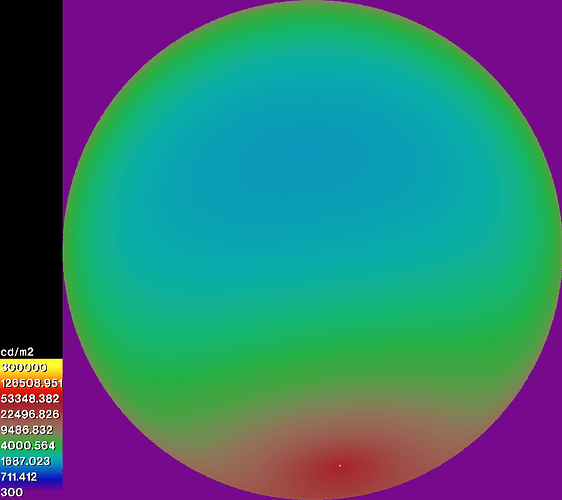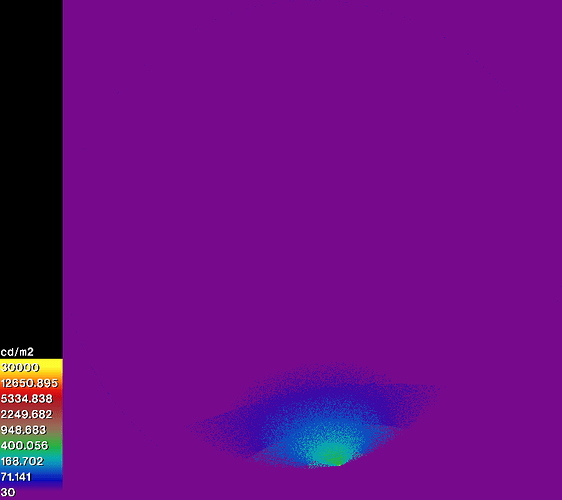So, there are a few things at play here.
The DIVA version of Radiance is 5.0, which nearly three years old. The NREL version used by Honeybee is 5.2, which was released in June. See the last lines in each screenshot.
Honeybee[+]
DIVA
There have been several updates to code since 2015 which affect how BSDFs are handled. However, it is hard to say if that is affecting the results in this specific scenario.
There is also an issue relating to how ambient calculations are being handled in DIVA and Honeybee[+]. If you see the screenshot for DIVA, you’d notice that there is a -af flag in the rpict command. They are likely running an overture calculation before generating the final image. The overture calculations have been implemented for image based simulations in Honeybee-legacy but do not appear to be ported over (yet) to Honeybee[+] (cc: @mostapha) . In very simplistic terms, overture calculations give better bang-for-buck for the same rendering settings. You can see more about them here. My suggestion for getting an “accurate” image-based result would be to use the latest version of Radiance with Honeybee-legacy. I think the splotches you see in the HB[+] image would lesser in Honeybee legacy. If they still don’t improve try reducing -aa to 0.01.
By the way, the skies for Honeybee and DIVA appear to be the same irrespective of the difference in the way they are being invoked by gendaylit. In the following images, the camera is at the global origin (0,0,0) and looking upwards.
DIVA:
Honeybee:
Arithmetic difference: DIVA - Honeybee.
Considering how bright the sun and circumsolar region are in previous images, the difference shown in the above image is miniscule.
Regards,
Sarith
(I found a somewhat unrelated issue when I was looking at the sky files. I raised a question for that on github.)



